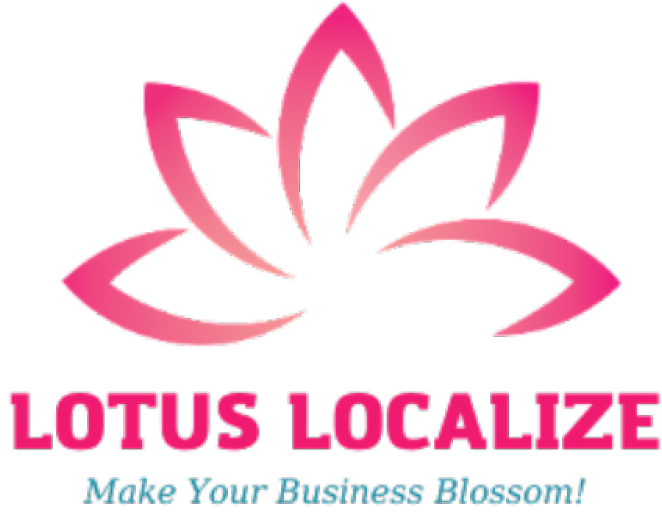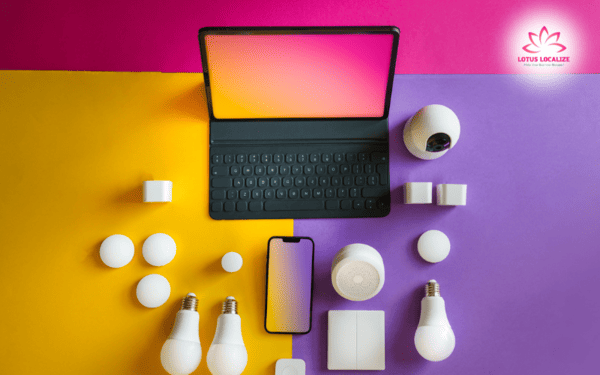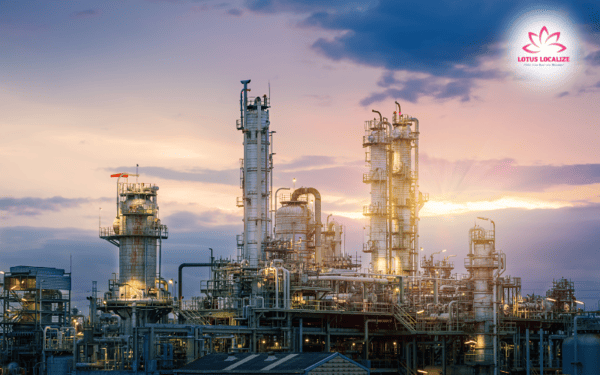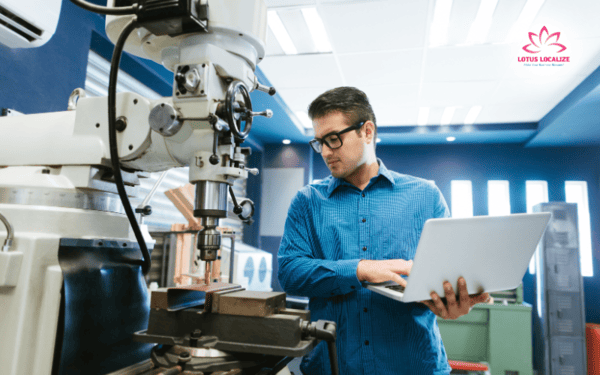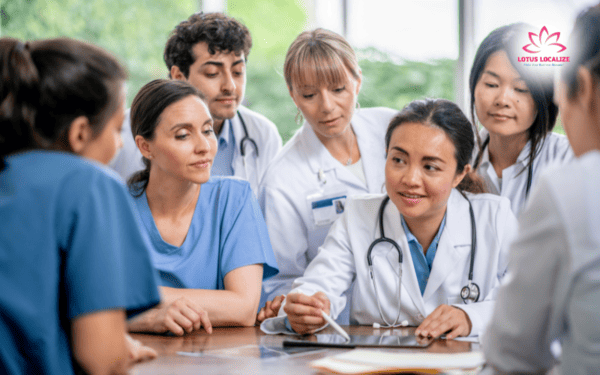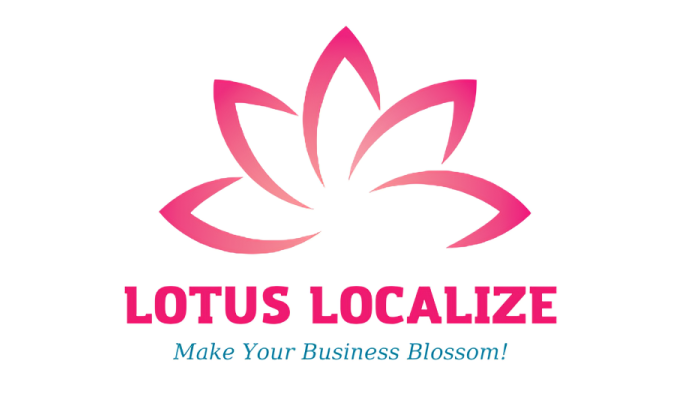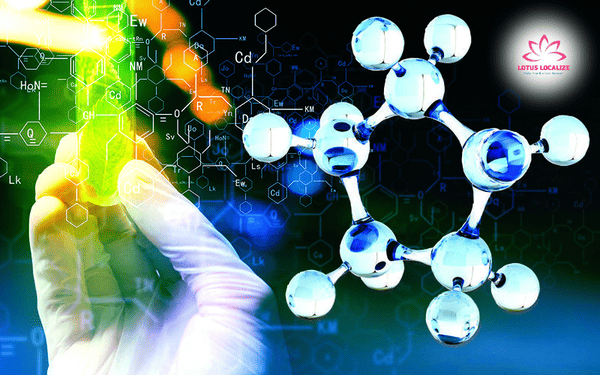
The power of biotechnology translation in shaping global health and innovation
Biotechnology is transforming the world, revolutionizing healthcare, agriculture, and environmental sustainability. But behind these groundbreaking innovations lies a crucial process: biotechnology translation. By turning complex scientific discoveries into practical solutions, biotechnology translation bridges the gap between lab research and real-world impact. This process not only accelerates medical advancements and improves global health but also sparks innovation that addresses some of the world’s most pressing challenges. The power of biotechnology translation is key to unlocking a healthier, more sustainable future for all.
What is biotechnology translation?
Biotechnology translation bridges the language gap in the rapidly evolving field of biotechnology, enabling the global exchange of knowledge and innovation.
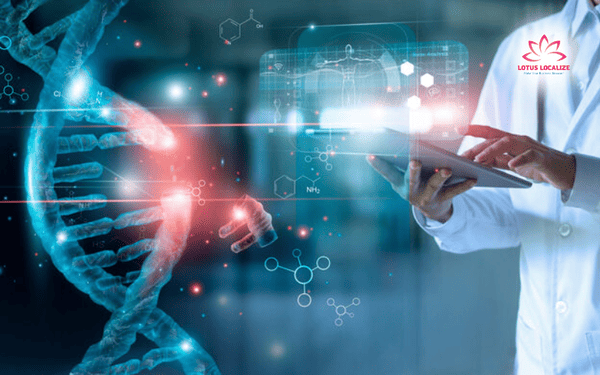
Definition of biotechnology translation
Biotechnology translation is the process of converting documents and information in the biotechnology sector from one language to another while maintaining scientific precision and technical clarity. It is an essential component in the global dissemination of biotechnological innovations, allowing researchers, companies, and health professionals worldwide to access and understand cutting-edge advancements in the field. This type of translation requires a deep understanding of both the scientific concepts and the nuances of language to ensure that the message remains accurate and culturally appropriate.
Biotechnology is a rapidly evolving field that encompasses a wide range of disciplines, from genetic engineering and pharmaceuticals to agricultural biotechnology and environmental sciences. As the industry grows, so does the need for multilingual communication. Biotechnology translation bridges the gap between different languages, ensuring that breakthroughs in research, clinical trials, and product development can be shared globally.
The documents require biotechnology translation
The types of documents to be translated into biotechnology are diverse and critical to the success of the industry. Some of the most common documents include:
- Research papers and journals: These academic articles detail new discoveries, experiments, and biotechnological advancements. Accurate translation ensures that the scientific community can understand and build upon findings regardless of language barriers.
- Regulatory documents: Biotechnology companies often need to submit detailed regulatory filings to health authorities (such as the FDA or EMA) for product approval. These documents must be meticulously translated to meet international compliance standards.
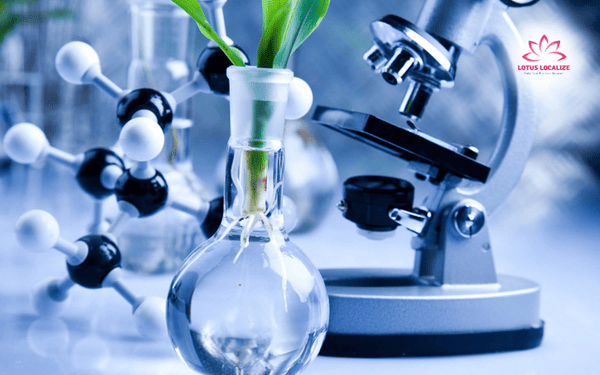
- Clinical trial reports: These include findings from studies involving new drugs, therapies, or medical devices. Translating these reports accurately is crucial for ensuring global safety and regulatory adherence.
- Product labels and instructions: For biotech products, clear translation of labels, instructions, and safety information is essential, especially for products distributed internationally to ensure proper use and avoid misuse.
- Marketing and promotional materials: Biotech companies use brochures, websites, and other materials to advertise their products or services. These documents require careful translation to ensure that the message resonates with local audiences while remaining scientifically valid.
- Standard operating procedures (SOPs): In biotechnology, SOPs ensure consistent, high-quality processes in laboratories and manufacturing settings. Accurate translations of these documents are vital for maintaining quality standards in global operations.
- Medical and health information: Information for healthcare providers and patients about new biotechnological treatments, therapies, or medical devices must be translated to facilitate informed decision-making across different linguistic populations.
Biotechnology translation plays a crucial role in connecting the global community, fostering innovation, and ensuring that vital scientific information reaches the people who need it. Accurate, high-quality translation is essential for the success of biotech companies, regulatory compliance, and the safe and effective use of biotechnological advancements worldwide.
Read more: Challenges and solutions in biomedical translation for healthcare and pharmaceutical industries
Does biotechnology translation matter?
The importance of biotechnology translation lies in its ability to bridge language and cultural gaps in a highly specialized and impactful field. Biotechnology translation ensures that research, clinical studies, patents, regulatory documents, and product information are accurately conveyed across languages. This accuracy is vital for:
- Global collaboration: Scientists and researchers worldwide can share findings, accelerating innovation and fostering advancements in areas like medicine, agriculture, and environmental science.
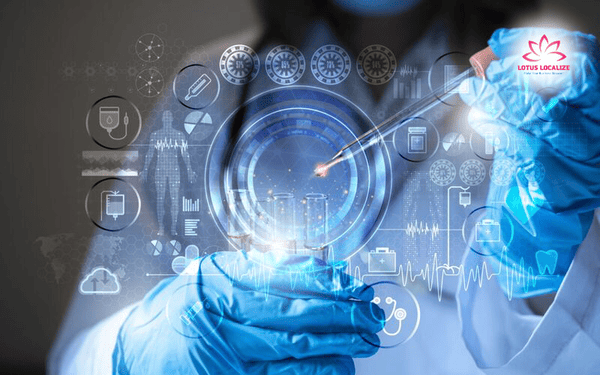
- Regulatory compliance: Accurate translations are necessary to meet international regulatory standards, ensuring biotechnological products and processes are approved and implemented safely.
- Equitable access: By making cutting-edge biotechnological advancements accessible to non-English speaking populations, translation promotes global health equity.
- Market expansion: Companies can bring their products to international markets, benefiting both businesses and consumers worldwide.
By facilitating communication and understanding, it supports the growth of the biotechnology industry while promoting equitable access to health and scientific progress worldwide.
Specific challenges and solutions in biotechnology translation
Biotechnology translation presents unique challenges due to the complexity and high stakes of the field. Addressing these challenges requires specialized solutions:
Challenge: Highly technical language
- Explanation: Biotechnology documents often contain complex scientific terms, specialized jargon, and intricate processes that require precise translation. Misunderstanding or misinterpreting these terms can result in serious errors.
- Solution: Engage translators with expertise in biotechnology or related sciences. Use specialized glossaries, translation memory tools, and consultation with subject matter experts to ensure accuracy.
For example, a document describing the process of CRISPR gene editing might use highly specific terms like “endonuclease,” “guide RNA,” or “DNA cleavage,” which require precise translation to ensure the correct scientific meaning is maintained across languages.

Challenge: Regulatory compliance
- Explanation: Biotechnology documents must comply with local and international regulations, such as the FDA guidelines in the United States or the EMA regulations in Europe. Failure to accurately translate legal and regulatory terms can delay approvals or lead to rejections.
- Solution: Work with translators familiar with the regulatory environment in both the source and target languages. They should understand standards like Good Manufacturing Practices (GMP) and clinical trial regulations.
For example, a pharmaceutical company preparing a submission for a new drug might need to translate clinical trial data and safety reports. If the translation of regulatory terms such as “adverse event” or “compliance monitoring” is incorrect, it could cause the submission to be rejected.
Challenge: Confidentiality and intellectual property
- Explanation: Biotechnology research often involves proprietary or sensitive information. Protecting the confidentiality of this information is crucial, as leaks or breaches could jeopardize commercial interests or scientific integrity.
- Solution: Implement secure translation processes, use translation platforms that ensure data encryption, and require translators to sign non-disclosure agreements (NDAs).
For example, a biotech company developing a new vaccine might need to translate a patent application that includes proprietary information about the vaccine’s composition. To protect intellectual property, the company would use secure translation platforms and ensure all translators are bound by NDAs.
By understanding these specific challenges and implementing targeted solutions, biotechnology translation can maintain the accuracy, compliance, and cultural sensitivity essential for advancing global health and innovation.
Which industries rely on biotechnology?
Biotechnology is a rapidly advancing field that impacts a variety of industries, driving innovation and providing solutions to many global challenges. From healthcare to agriculture, biotechnology applications are helping industries to enhance their products, processes, and overall sustainability. Below are some of the key industries that rely heavily on biotechnology:
Healthcare and pharmaceuticals
The healthcare industry is perhaps the most well-known sector relying on biotechnology. It is pivotal in the development of new drugs, vaccines, and therapies. Biopharmaceuticals, including monoclonal antibodies and gene therapies, are created using biotechnology techniques. This sector also benefits from biotechnological advancements in diagnostics, such as rapid tests for diseases and conditions. An example is the development of mRNA vaccines, which played a critical role in combating the COVID-19 pandemic.
Read more: Why pharma translation matters in today’s global healthcare landscape
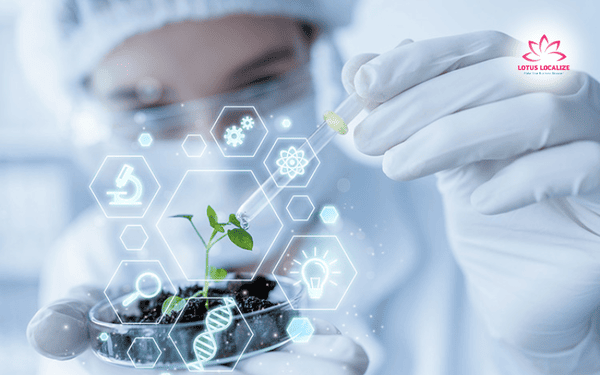
Agriculture and food production
Biotechnology has revolutionized agriculture by enabling the creation of genetically modified (GM) crops that are resistant to pests, diseases, and environmental challenges. These crops have enhanced food security by improving yield and nutritional value. In the food production industry, biotechnology is used to enhance fermentation processes, increase shelf life, and improve food safety. One notable example is Bt cotton, which has been genetically engineered to resist certain insect pests, thereby reducing the need for chemical pesticides.
Environmental biotechnology
The environmental sector benefits from biotechnology in addressing pollution, waste management, and ecosystem restoration. Biotechnology plays a role in bio-remediation, where microorganisms are used to clean up oil spills, treat wastewater, and degrade hazardous substances. For instance, bacteria are often used to treat industrial wastewater, turning pollutants into less harmful substances. Biotechnology also contributes to sustainable farming practices by reducing the environmental impact of agricultural chemicals.
Energy and biofuels
The energy sector has increasingly turned to biotechnology for the development of renewable energy sources, particularly biofuels. By converting organic materials like agricultural waste into biofuels such as ethanol and biodiesel, biotechnology is helping reduce dependence on fossil fuels. For example, corn and sugarcane are commonly used in the production of ethanol, a renewable energy source that can reduce greenhouse gas emissions compared to traditional gasoline.
Industrial biotechnology
Industrial biotechnology is focused on the use of biological systems and organisms to produce chemicals, materials, and fuels. This sector is critical in replacing traditional petrochemical processes with more eco-friendly and sustainable alternatives. Biotechnology is used in the production of biodegradable plastics, enzymes for cleaning products, and bio-based chemicals. The aim is to reduce the environmental impact of industrial manufacturing by utilizing biological processes.
In conclusion, biotechnology is a powerful tool that is transforming industries across the globe. From improving healthcare treatments and agricultural yields to providing sustainable energy and eco-friendly products, biotechnology offers innovative solutions that can help address some of the world’s most pressing challenges. As technology advances, the influence of biotechnology on various industries is expected to grow, opening up new possibilities for future development and progress.
Read more: The key to success in aerospace: Why aviation translation matters?
How to achieve high-quality biotechnology translation
Achieving high-quality biotechnology translation is crucial for ensuring that complex scientific and technical information is accurately conveyed across different languages while maintaining precision and regulatory compliance. To achieve this, the following strategies should be employed:
- Engage specialized translators biotechnology translation demands expertise not only in language but also in the field of biotechnology itself. Translators with a background in life sciences, molecular biology, or medicine are best suited to understand the complex terminology and concepts involved. Ensuring that translators have both linguistic and scientific qualifications helps prevent misunderstandings and ensures accuracy.
- Use specialized terminology biotechnology is rich in technical jargon and precise terms. To maintain consistency and clarity, using specialized glossaries or terminology databases is essential. Translators should rely on these resources to ensure they use the correct terms and phrases for specific biotech concepts. Building a comprehensive glossary for each project can help streamline the translation process and maintain uniformity across documents.
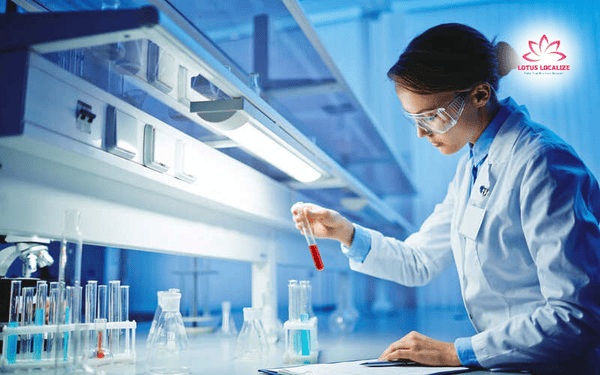
- Ensure regulatory compliance many biotechnology documents must adhere to strict regulatory standards and legal requirements, especially in pharmaceuticals, clinical trials, and medical devices. It is vital for translators to be familiar with the regulatory frameworks of the target language’s country, such as Good Manufacturing Practices (GMP), FDA guidelines, and local health regulations. Collaboration with subject-matter experts can help ensure the translation complies with the necessary legal and regulatory requirements.
- Maintain scientific accuracy scientific content must be translated with the utmost precision. Translators should not only be fluent in both languages but also able to understand and communicate the meaning behind the scientific data. For instance, the translation of research findings, clinical trial results, or experimental methodologies should accurately reflect the intended meaning without distortion. Using tools like translation memory (TM) software can aid in maintaining consistency in scientific terminology across multiple documents.
- Proofreading and quality assurance rigorous proofreading and quality assurance (QA) procedures should be followed to ensure that the translation is error-free. Multiple rounds of proofreading by both scientific experts and language specialists help catch any inconsistencies or mistakes. It’s also important to review the translated content in the context of the original source to ensure no loss of meaning or important detail.
By following these strategies, biotechnology translations can achieve the high level of quality necessary for accurate communication, regulatory compliance, and successful global health and innovation efforts.
Unlock the power of precision with Lotus Localize’s top-tier biotechnology translation services
We ensure your messages are communicated clearly, accurately, and culturally relevant across languages, empowering you to connect with a global audience.
- Expertise in life sciences: Our translators possess specialized knowledge in biotechnology, ensuring accurate and contextually appropriate translations.
- Cultural relevance: We adapt your content to resonate with target audiences, maintaining the integrity of your message across cultures.
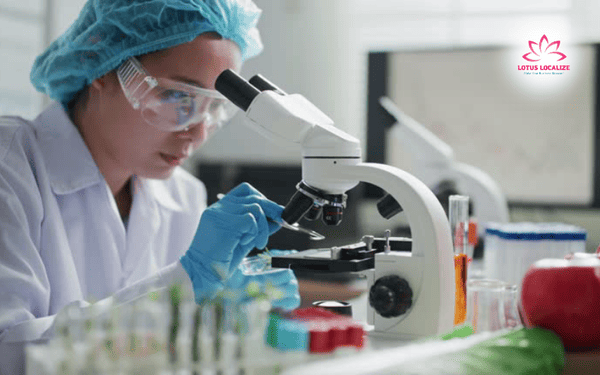
- Regulatory compliance: We ensure that all translations adhere to global regulatory standards, facilitating smooth market entry.
- Advanced technology: Utilizing specialized glossaries, translation memory tools, and collaboration with industry experts, we maintain consistency and accuracy in every project.
- Our valued clients: Customers relying on Lotus Localize’s life science translation services include leading names such as Sanofi, PPD, TraduTour, Catus, Conversis, and more. These renowned organizations trust Lotus Localize to deliver accurate, culturally appropriate translations that meet the high standards of the life sciences industry. Whether it’s clinical trials, regulatory documents, or pharmaceutical packaging, Lotus Localize ensures precision and consistency, enabling its clients to effectively communicate across global markets.
Choose Lotus Localize and let us help you bridge the language gap in biotechnology with precision and trust!
Biotechnology translation plays a pivotal role in advancing global health and innovation. By ensuring accurate communication across languages, it bridges the gap between scientific discovery and its global application, facilitating international collaboration, regulatory compliance, and the dissemination of crucial research. As the biotechnology field continues to evolve, the demand for high-quality translation services will only grow, underscoring the essential role of skilled translators in shaping the future of healthcare, pharmaceuticals, and environmental sustainability. The power of biotechnology translation lies in its ability to connect ideas, people, and solutions on a global scale, driving progress and improving lives worldwide.
If you have any questions or need assistance with translation services for many industries: life science translation, education translation, technology translation, financial translation, marketing translation, manufacturing translation, government translation,… and interpretation services, localization services: game localization, software localization, website localization,… please contact Lotus Localize immediately at 0866 224 968 or visit the website: lotus-localize.com for advice on the best solutions!
QUALITY PROMISE
Lotus Localize offers consistent, high-quality service delivery in all customer engagements. Our in-house translators and staff adhere to well-established business processes, allowing us to communicate properly, deliver on time, and surpass client expectations.
